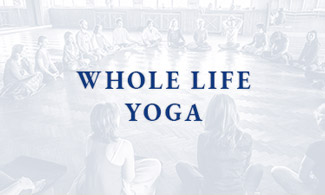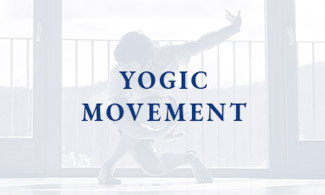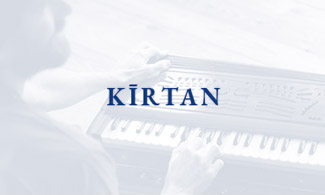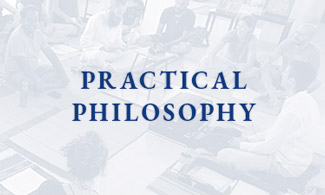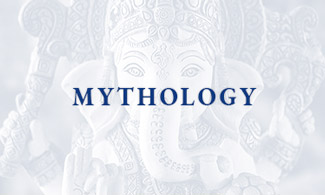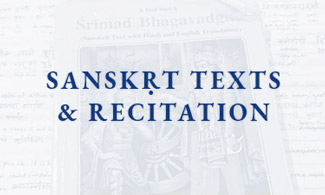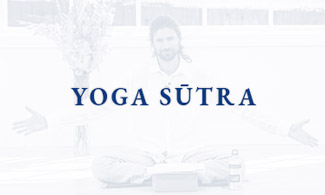
The Orchestra: Practice, Harmony and Symphony
A youth orchestra is giving a performance. The members are ten years old and have been playing their instruments just a year. So who comes to the concert? For the most part it’s parents, grandparents, classmates and friends. And they enjoy the performance. The novice musicians are clearly enthusiastic and engaged. To be sure, their sound is not completely cohesive. Even the conductor cannot tell which of his violins are not quite in tune, which of the wind section need to work more on their breathing, because none of the players are quite in rhythm yet, none of the instruments are fully in tune. Nevertheless, they still do make a beautiful, heart-lifting sound that appeals to the audience and gives the young players enough satisfaction to keep at this business of playing.
Some five years go by. Years of steady, patient practice: every day learning more about the scope of what it really means to be in rhythm and to stay in tune. Now they are the regional youth orchestra giving a performance: talented young musicians who have been studying and practising together diligently for several years. Their parents, families and neighbours all come along again, but this time, the much larger venue is also much fuller, with members of the wider public, including representatives from Conservatories, from universities that give scholarships for student musicians, even from professional orchestras and record labels. What a thrilling sound they make in the ears of the parents and friends! Now, in the public arena, they, who have heard them practising over the years, can recognise just how much growth has occurred, how much more mastery has developed, and they are moved by the music. Of course, this stage of what might appear like advanced proficiency is really still a beginning. Orchestra members do still come out of tune and rhythm, but now the conductor can identify which of the oboes needs to work on her breathing, which of the cellists needs to relax his grip on the bow, which of the percussionists needs to learn to be less distracted by the girl on the harp who sits across from him, and support her more by keeping greater focus on his own timing.
Thirty years go by: of constant practice, constant study, constant exploration. They are now one of the most accomplished orchestras in the world. It is now hard for mum and dad to get tickets for their concert. Everyone who comes is captivated, transported, moved and refreshed by their glorious sound, their irresistible symphony. Now what happens if one instrument strays out of tune? It is actually hard for this to happen, because the force of the collective harmony pulls it back in, right away. The cohesion of the whole has developed a force of harmony.
And so it is with yoga practice, which could be described as cultivating harmony and integration, about finding unity here and now in this world of duality and diversity. Yoga is that sweet spot where all the potentially discordant pairs of opposites: steadiness and ease, engagement and relaxation, and all the rest; meet, marry and bring forth each other’s complimentary potential.
Just as it takes a lot of practice to secure a seat in a great orchestra, and persistent application to maintain it, so it takes practice to attain the seat of yoga: āsana. Sometimes people think of āsana as posture, pose or attitude; but these are all just parts of what āsana really means: the easily sustainable state of integrated, balanced awareness through all the layers of our being. Or, we might say that yogāsana is the seat of sustainable harmony in which all the members of the miraculously-powered orchestra of our bodies, senses, minds, intellects and emotions work together, in glorious symphony.
As we navigate the journey of a human life, these amazing powers and instruments are exposed to all sorts of influences and conditionings. And so yoga, as Patañjali defines it in the Yoga Sūtra, takes practice. It requires effort to secure steadiness and harmony: an effort that is sustained, for a long time, without interruption, attended to with wholehearted, assiduous presence and a spirit of devotion, then it becomes firmly established, and we become more established in the unfolding glory of being a little bit more fully our unique selves.
This practice of yoga could also be described as learning to sing our own song, our authentic song where, when we act: our heart, mind and gut all say YES! And peaceful knowing resounds within us. As we cultivate this, we may many times and often stray out of tune, but in so doing, we will steadily learn more about what it actually means to stay in tune, to inhabit a home of robust harmony and genuinely sing our true song. As we keep practising, our force of harmony does increase, and strengthens us to reach deeper into the previously unsounded realms of our being and invite richer, fuller harmony within, which can then support us to bring a more harmonising energy into all our interactions.
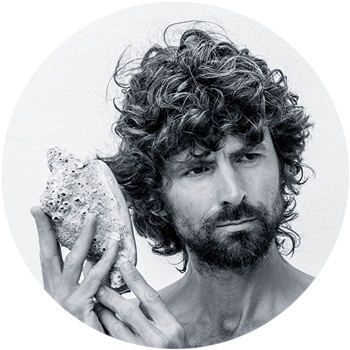
James Boag | Whole Life Yoga
The yoga of the whole human being. Practical philosophy, storytelling, movement, inquiry, looking in ways that reach beyond our habitual ways of looking.
Listen to James’ unique whole life yoga perspectives on the WHOLE LIFE YOGA podcast.

